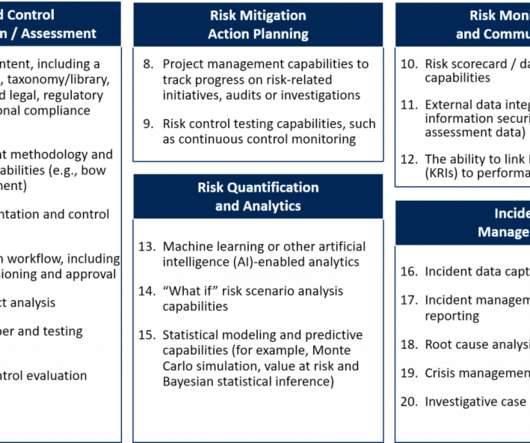What to Do When AI Fails
O'Reilly on Data
MAY 18, 2020
This article answers these questions, based on our combined experience as both a lawyer and a data scientist responding to cybersecurity incidents, crafting legal frameworks to manage the risks of AI, and building sophisticated interpretable models to mitigate risk. All predictive models are wrong at times?—just






















Let's personalize your content